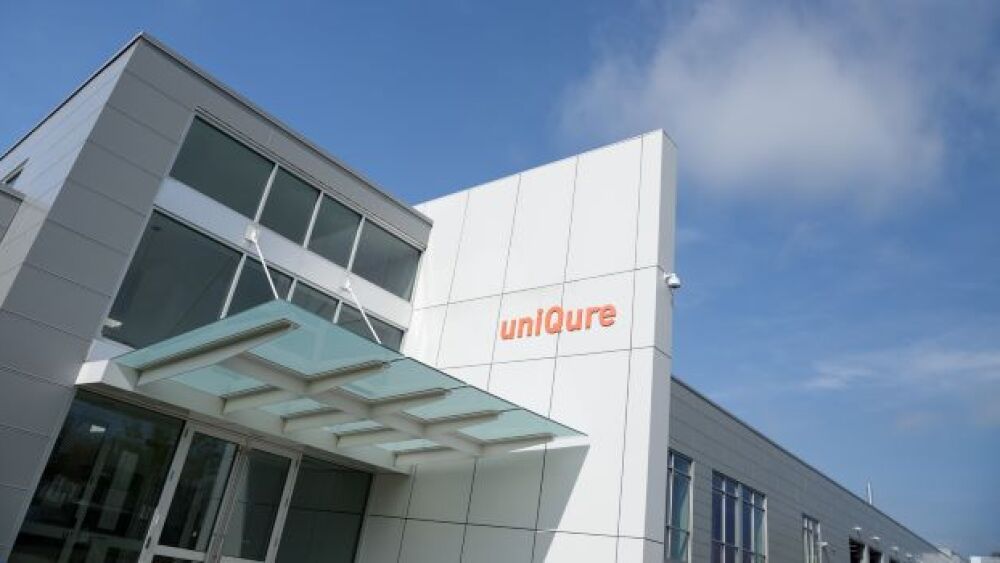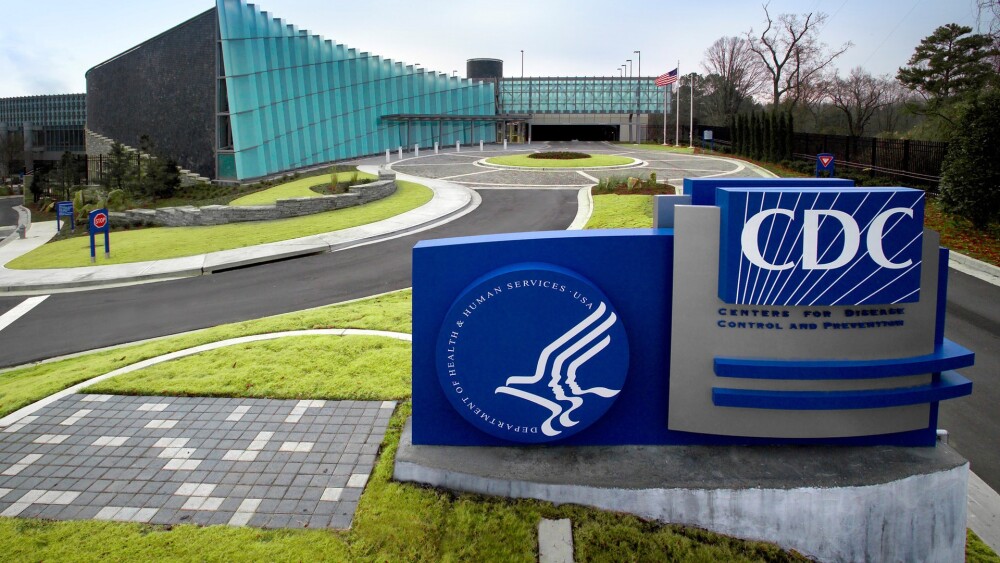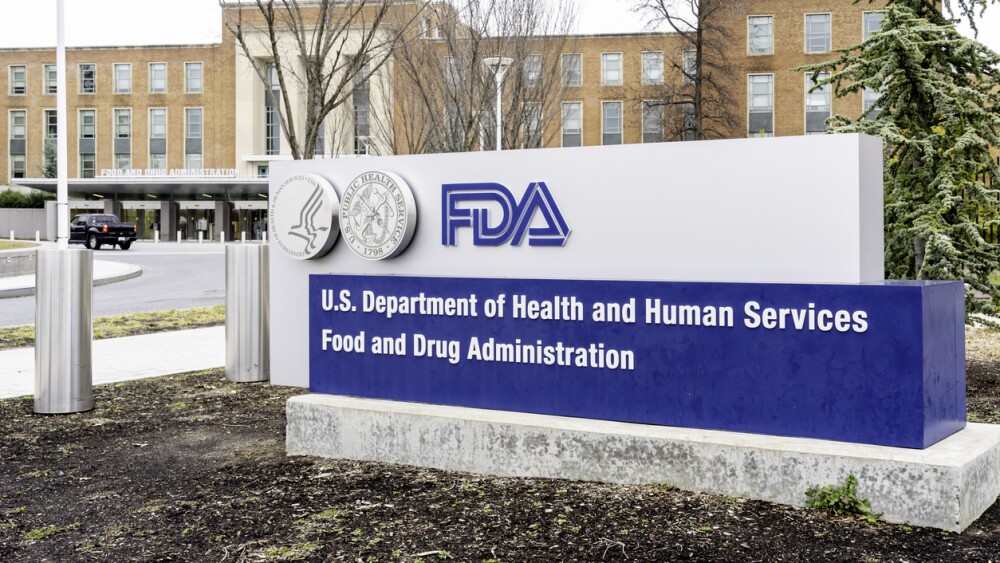CRISPR prime editing would theoretically allow that precise editing without the limitations of base editing.
CRISPR-Cas9 is a form of genome editing that has promised to revolutionize medicine and science. And it has, but the original technique had some problems, including off-target edits that could potentially result in unintended results. Since its discovery, there have been a number of tweaks and modifications that have improved its precision and reliability. A new technique, called prime editing, appears to be the best yet.
The invention of prime editing was led by David Liu of the Broad Institute of MIT and Harvard and postdoctoral fellow Andrew Anzalone. Liu had invented an earlier modification called base editing, which also had some limitations.
DNA is made up of four nucleotides, adenine (A), guanine (G), cytosine (C) and thymine (T), referred to by their letters. In the double-helix structure of the DNA molecule, A always links to T and vice versa, and C always links to G and vice versa. Base editing can only make four changes, C-to-T, T-to-C, A-to-G, and G-to-A.
About 7,000 inherited genetic diseases are caused by point mutations—where a single nucleotide is wrong. One of the limitations with base editing can be described by sickle cell anemia, which is caused by a point mutation in the hemoglobin gene. Fixing it would require changing a T to an A at a specific location.
CRISPR prime editing would theoretically allow that precise editing without the limitations of base editing. Liu and Anzalone indicated the technique has the potential to fix 89% of known disease-causing genetic DNA variations, such as the single point mutation in sickle cell disease to the extra four letters that result in Tay-Sachs disease. Tay-Sachs disease has four extra nucleotides in the HEXA gene. In their research, in human cells in petri dishes, they were able to remove those four nucleotides. In other studies they were able to remove as many as 80 nucleotides.
To date, they have made 175 edits in human and mouse cells.
In addition, prime editing can work in non-dividing cells, such as neurons and muscle cells. This means the technology may have potential in treating diseases like Duchenne muscular dystrophy (DMD) and Rett syndrome.
“It looks like prime editing will offer some new capabilities to the genome editing community,” biochemist Benjamin Kleinstiver of Massachusetts General Hospital, told STAT.
Fyodor Urnov of the University of California, Berkeley, who was not involved in the research, compared the technology to a brand of well-known superheroes. “I can’t overstate the significance of this,” he told STAT. “This could be quite a useful Avenger for the genome-editing community, especially in translating basic research to the clinic.”
The technique can insert missing nucleotides or even replace a group of nucleotides that cause disease. Liu and his team inserted as many as 44 nucleotides and in some studies up to 80.
Classic CRISPR uses the Cas9 enzyme to cut DNA at a site targeted by a molecule called guide RNA. This causes the DNA’s natural repair mechanisms to do several different things, including fix the break by reconnecting the two loose ends, filling the break with nucleotides found floating around the cell, or fixing the break with repair DNA supplied by the researchers.
Cells prefer the first two choices, which makes the third choice, which is called homology-directed repair, difficult. And for researchers, that’s a problem because using CRISPR to cure a lot of genetic diseases would require homology-directed repair.
This new technique is likely to make that possible.
The Broad Institute licensed prime editing to Prime Medicine, a company cofounded by Liu. Prime Medicine has exclusive use of the technology for specific targets, but also will license the technology for other genes. Liu’s team has made the technique available on the Addgene database for academic use.
“I’m hopeful that hundreds if not thousands of researchers will try to use prime editing in the coming weeks and months and years,” Liu said. “It’s really important that the community and, if needed, optimize prime editing in as many different types of cells and organisms as possible.”





